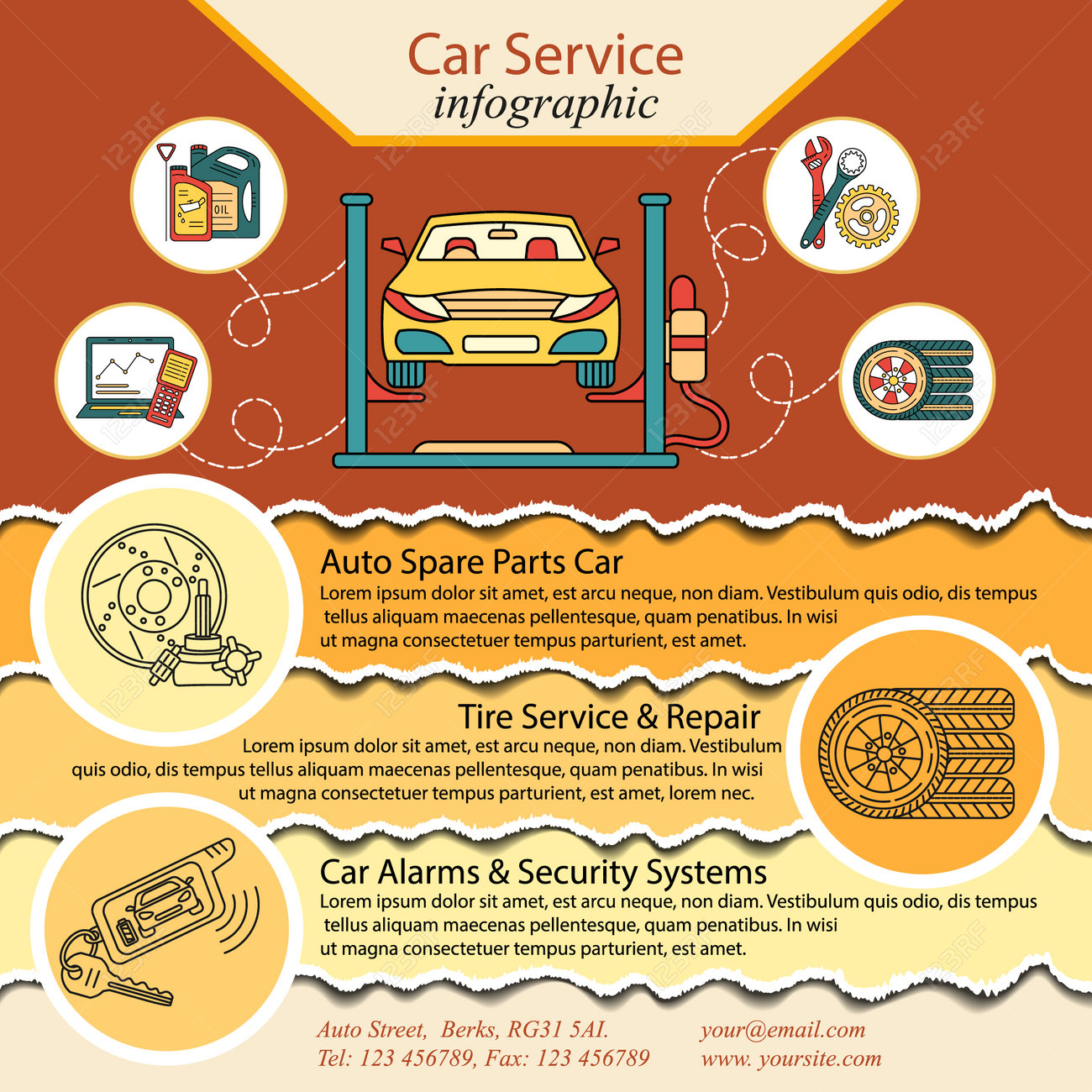Assessing Your Auto'S Caution Indicators: What They Truly Share
Assessing Your Auto'S Caution Indicators: What They Truly Share
Blog Article
Article By-Faulkner Gilbert
When you're behind the wheel, those radiant caution lights on your dashboard can be a little bit complicated. Do you understand what they're attempting to inform you about your car's health? Recognizing the significance of these lights is important for your safety and security and the long life of your automobile. So, the next time among those lights pops up, wouldn't you wish to understand its message properly and take the essential steps to resolve it?
Common Warning Lighting and Interpretations
Recognize common warning lights in your car and comprehend their significances to guarantee safe driving.
The most common caution lights consist of the check engine light, which indicates issues with the engine or exhausts system. If this light begins, it's important to have your automobile checked promptly.
The oil stress warning light indicates reduced oil stress, requiring prompt focus to stop engine damage.
A blinking battery light might recommend a faulty billing system, potentially leaving you stranded if not addressed.
The tire stress tracking system (TPMS) light alerts you to low tire pressure, impacting lorry stability and fuel effectiveness. Neglecting this could result in hazardous driving conditions.
The ABS light suggests a problem with the anti-lock braking system, endangering your capacity to stop quickly in emergency situations.
Finally, the coolant temperature level cautioning light warns of engine overheating, which can result in serious damages if not dealt with swiftly.
Comprehending these common caution lights will certainly aid you deal with issues without delay and preserve secure driving problems.
Importance of Prompt Interest
Comprehending the usual warning lights in your cars and truck is just the primary step; the significance of promptly dealing with these cautions can not be emphasized enough to guarantee your safety and security when driving.
When a warning light brightens on your control panel, it's your vehicle's method of interacting a potential concern that needs attention. Neglecting https://jarednidwq.blogoscience.com/38292783/just-how-can-mobile-car-describing-transform-your-vehicle-care-experience-while-making-certain-quality-discover-the-key-aspects-to-think-about-before-picking-a-detailer can lead to extra serious troubles in the future, compromising your safety and security and potentially costing you much more in repairs.
Trigger focus to alerting lights can protect against failures and accidents. For example, a blinking check engine light can indicate a misfire that, if left ignored, could trigger damages to the catalytic converter. Addressing relevant website can save you from a costly repair.
In a similar way, a brake system advising light could signify low brake fluid or worn brake pads, crucial elements for your safety and security when driving.
Do It Yourself Troubleshooting Tips
If you observe a caution light on your dashboard, there are a couple of DIY fixing suggestions you can try prior to looking for expert assistance.
The initial step is to consult your car's manual to comprehend what the particular caution light indicates. Occasionally the problem can be as simple as a loose gas cap setting off the check engine light. Tightening the gas cap may deal with the issue.
Another common concern is a reduced battery, which can trigger different alerting lights. Inspecting the battery links for corrosion and guaranteeing they're safe and secure could take care of the issue.
If a caution light continues, you can attempt resetting it by detaching the automobile's battery for a few minutes and then reconnecting it. Additionally, examining your automobile's fluid levels, such as oil, coolant, and brake liquid, can aid repair alerting lights connected to these systems.
helpful resources
To conclude, comprehending your cars and truck's warning lights is essential for keeping your lorry running efficiently and securely. By without delay dealing with these notifies and recognizing what they imply, you can prevent pricey repairs and possible break downs.
Bear in mind to consult your vehicle's manual for particular details on each warning light and do something about it appropriately to make sure a hassle-free driving experience.
Stay notified, remain risk-free on the road!
